
Flea Market Miracle
Pitch:
A quick, concise communication meant to persuade someone to do something – buy a product, service, idea, etc.
A pitch is a story told with the goal of getting someone to buy into your idea; it’s your request for action. You want them to do something. You appeal to their reason and emotions. They want you to do something too. Don’t be stupid, waste their time or insult their intelligence with lame words drained of meaning.
We all pitch. Everyday. To our friends, family, business, clients, etc.
Good-to-Great
There are good-to-great pitches. They’re informative, entertaining and on occasion, wonderfully inspiring. They connect with you emotionally and ride the road of reason and common sense to their intended destination―the “decision.” And, more often than not, the decision is right.
Boring-to Bad
Then there are the boring-to-bad pitches. Lame ideas, poorly packaged, with an even worse delivery. Wasted words and wasted time―yours and theirs. But, on the upside, you do get to the intended destination― the “decision”―much quicker. It’s no. A quick no. Then there’s the…
Worst Pitch Ever
I have first-hand experience with this one. How? Why … I did it. Me. Fessing up to it.
It was horrible. A crime against logic, reason and the human language. A stinker of epic proportions. But in the end, it enriched me beyond belief. And it all started with …
A Flea Market Miracle
I was book shopping at a high-end flea market (we have them in Ohio) when I ran across a book called “Making Miracles” by Dr. Paul Pearsall. It was in the $2.00 bin, usually out of my economic range, but looked exceptionally interesting. So, I saved up for three weeks and bought it. The fact that it was still there three weeks later was a miracle unto itself. A sign I thought. It was meant to be. In the cards – so to speak.
This little snippet on the cover was intriguing,
“I died three times. I’m back.”
The book was a mixture of physics, spirituality, hope, action and a genuine reverence for all four. It delved into the evidence for a finely-tuned, aware, universal intelligence with some inexplicable quantum quirkiness. That was my take on “Making Miracles.”
I contacted Dr. Pearsall about doing a story and interview with me. Here was the pitch – almost verbatim.
“Hey, uh, yeah, uh, I, umm … bought your book “Making Miracles” in the discount bin at a high-end flea market here in Ohio. Paid two bucks for it, which was a pretty high price considering how old it is. I don’t really know anything about you or your concepts of non-linearity, observer participancy, synchronicity or meaningful coincidences — but it sounds quantumly cool.
Probably a story there. I’d like to interview you.
Interested?
Can You Do Any Worse Than That?
Could any pitch be worse than that? Could you do more things wrong? If that isn’t the worst pitch of all-time, I’d love to hear one that’s worse. After I pitched him and realized how lame and unprepared it must have sounded I expected a resounding NO. A “NO” at Tachyon speed (faster than the speed of light).
What Happened?
Well, what do you think happened? Isn’t it obvious?
Dr. Pearsall was an internationally known bestselling author of 18 books at that time. Many of them were New York Times bestsellers. He was a licensed clinical neuropsychologist and one of the most requested speakers in the world, having delivered over 6,000 keynotes. And he was also a frequent consultant to national television appearing on “Dateline,” “20/20,” CNN, “The Oprah Winfrey Show,” “The Today Show,” and “Good Morning America.”
And some doofus like me pitches him from a flea market in the Midwest about a book he’d written 12 years ago?
That’s when I first came to the realization of …
The Power of Asking
Dr. Pearsall was great. Unbelievably he said yes. But he didn’t want to do the “Making Miracles” story; he wanted to talk about his book, “The Beethoven Principle.” So we did. And it was soulfully enriching beyond any expectation. And – lucky you – he also showed me the secret to world’s greatest card trick. It will be unrevealed at the end of this true story. But you have to travel a little longer with me to get there. First, we have to get over some…
Adversity
Overcoming adversity is never simple. Ever. Sometimes, despite Herculean efforts, you still don’t win. You’re crushed, mangled, and left feeling like a little dark spot in the middle of the road that vehicles continuously run over. One spot that used to be a living, breathing organism experiencing the joy of life.
Thrivers
But what about people who not only triumph over adversity but also astound you by propelling themselves to a higher plane? They face life’s inevitable challenges head-on, grow stronger, more vital, and in the end, savor the sweetness life has to offer. Against all the odds, expectations, or beliefs, they thrive. What drives these “Thrivers?” What shared traits do they have? What can be learned? We’re going to find out.
Death, Dying, Dignity and … Humor?
Dr. Pearsall ( Dr. P.) was one such person – a “thriver.” He had an approach to adversity I much admired. He faced death (four times) with dignity and humor? Yes. More on that shortly. But he also left a legacy, the sharing of his life’s work and the people he touched – like me. The miracles he made continue. Because of Dr. P., I became acquainted with a 22-year-old woman. She had just begun her life.
She had just started teaching English Literature in high school. Then … she was struck down by a drunk driver and was left pentaplegic (unable to move her arms or legs and unable to breathe on her own.) She was on a ventilator.
Life for her was over, right?
Wrong.
At that time, she was writing a book about her experiences. Writing a book on the computer that had been specially adapted to allow her to operate the keys with a stick held in her mouth.
A stick held in her mouth. Let me say that one more time.
She was operating a computer with a stick held in her mouth.
And what did she say about it?
“You don’t have to feel screwed. You can construe. Trust me, that one word has very special power. The dictionary says it means to discover and apply meaning, and what a power that is.
It means your life is all in your mind. I am actually happier and more productive now than I have ever been. I sure have more friends and, as you can easily see, I am totally free from multitasking.”
She still had a sense of humor in the darkest of times. A trait shared by many “thrivers.”
Meaningful Misery
Dr. P. introduced me to the possibility of finding hope and meaning in misery. He did this through Izzie.
Izzie was an 86 years old man, in robust health, vibrantly alive, happy as all get-out, and had a devilish twinkle in his eye. But Izzie also had, in his life…
- Watched his sister and parents be dragged away in the middle of the night.
- Watched his sister be raped.
- Watched as Nazi soldiers shot and killed his family … he ran away with eyes closed and fingers in his ears.
- Was tortured, starved to skin and bones.
- Slept for more than a year in human waste with the haunting, agonizing cries of his fellow prisoners.
The Silent Killer ―Languishing
Izzie should have been dead. Izzie should have been crazy. How could he find any meaning in that misery? Any joy in life after that? How could he even go on?
“Izzie not only maintained, but also enhanced his personal hardiness, natural happiness, capacity for healing, and unrelenting hope. All of us have these innate thriving skills, but we are often too busy surviving or languishing to be aware of and mobilize them.
Too often we are not fully awake and alive until something goes terribly wrong. The eighth deadly sin is “languishing.” It was originally listed as one of the deadly sins until Pope Gregory removed it from the list, but it still robs our life of its energy and joy. Languishing, in my research, turned out to be the silent epidemic of mistaking a busy and intense life for a meaningful and full one.” – Dr. P
Then Dr. Pearsall helped me understand the five reactions to life challenges and how they apply right here, right now.
FIVE REACTIONS TO LIFE’S CHALLENGES
When faced with a crisis, which one do you choose?
- Kindling—Make matters worse. React like kindling wood added to a fire.
- Suffering—Poor me.
- Surviving—Pretty essential, but don’t you want more?
- Resilience—Bouncing back to where you were before.
- Thriving—Flourishing not only in spite of the crisis but because of it.
Which one are you?
Not the one you want to be, but the one you truly are?
Are You a Thriver?
Dr. P opened my eyes to see that it’s possible, even in the worst of times, to not just survive a crisis, or in spite of a crisis – but thrive because of the crisis. Dr. P. developed a checklist of questions to see if you have the ability to be a “thriver.” The more items you check, the more likely it is you’re honing your thriving talent.
DR. P’S Thriving Talent Questions
- Do you feel more alive today than yesterday?
- Do people seem to be made happier by your presence?
- Are you laughing hard every day?
- Are you in love with life?
- Have you been made stronger by adversity?
- Do you often feel overwhelmed by the grandeur and beauty of simple things?
How did you do? Really? Not how you’d tell other people you did, but how did you really do?
I struggled with a lot of them. But just thinking about the questions has inspired me to do better.
Dr. P’s pointed me to Beethoven as a great example of a “thriver.” Beethoven turned tragedy and crisis into a harmonious unity that resonates to this day.
From Ode to Misery to Ode to Joy
Beethoven’s ninth symphony, “Ode to Joy,” was written when Beethoven was completely deaf. The chords and chorus were heard only in his mind. Was he crazy? Was he so crazy as to think that this musical wonder haunting his mind could be adequately expressed to others though he could not hear himself?
On May 7, 1824, at Vienna’s Kärtnertor Theater, “The Ninth Symphony – Ode to Joy” was first performed. Beethoven, being deaf could not conduct the premiere. But, he did stand next to the conductor during the performance to indicate proper tempi.
Weep Not for Me
On the final note of the premiere, the audience exploded with thunderous applause. But Beethoven, standing next to the conductor with his back to the crowd, looked straight ahead—he didn’t know.
He had heard nothing.
His “Ode to Joy” was received with rare, effusively raw human emotion. The kind reserved for awe-inspiring moments of a singular human’s triumph over seemingly unbeatable odds. And, most unusually, some of the players in the orchestra wept.
Raucous cheering. Yells and tears echoed, thundered.
None of which Beethoven could hear. He continued to conduct.
The solo contralto noticed Beethoven’s introspective incomprehension, and turned him around. One could only wonder what went through his mind at that moment. He could not hear.
But he could see. He bowed before the cheering crowd.
Beethoven lived.
The Power of Listening to the Teacher
Dr P awakened me to the power of listening. Not to the profane trivialities of everyday life, but the power of listening where no sound treads and real freedom resides. He did this through Mosha, or as she was known by fellow prisoners “teacher.”
Mosha’s story is important. Why? Because in life, overcoming adversity doesn’t always mean winning, sometimes it means winning on one’s own terms. Terms that perhaps only you, yourself, can understand.
Listen… and Find Your Way to Freedom
Mosha was once a dark-haired beauty. But now, a black hollowness surrounded her eyes. She was death-camp, stick-figure thin.
She was death-camp, stick-figure thin because that’s where she was. Her face was swollen and bruised. Beatings were her daily bread.
Mosha was a classical piano teacher. Loved Beethoven. She had been teaching a student Moonlight Sonata when they came for her. They shot and killed her student but kept her alive. One needs classical music such as Beethoven’s, to uplift the soul and keep spirits soaring when working in a death camp. So they kept her alive.
The Nazi officers asked her to play for them.
She refused.
They asked her.
She refused.
Music was not for a death camp. And Beethoven was sacred to her.
So they placed both of her hands on a rock. Took turns, made a game out of happily breaking her fingers, one by one, with their rifle butts.
She could have played.
She could have given in.
Instead, she defied.
Music was so sacred to her.She made her stand, sprawled on the ground in agony. But she didn’t give up her sacred gift. She held onto it. Tighter than to life itself.
And when, through the haze of a misery beyond comprehension, her fleeing life heading toward death’s door, she would hear, Beethoven’s music being played in the officer’s club, she stirred, and would say in her teacher’s voice:
Finally, Dr. P inspired me. He talked the talk, walked the walk. He was a survivor and a thriver.
A “Charles Dickens” of a Life: The Best of Times, The Worst of Times
Dr. Pearsall barely survived birth, conquered among a litany of other obstacles, total blindness, and then finally, cancer – three times. Dr. Pearsall’s triumph over terminal cancer is the basis for his bestseller, “Miracle in Maui” (which when I picked it up for $2.00 it was called “Making Miracles”).
Survive Terminal Cancer?
Yes.
Doctors told him that he would die of an extremely rare type of cancer that strikes down young and healthy people in the prime of their lives. And, for a little extra good cheer, Dr. Pearsall was also told that even if his cancer went into remission, he’d die anyway. Die from suffocation caused by a deadly virus allowed to attack his lungs by his chemotherapy-and-radiation-weakened immune system.
Does it Get Much Better Than That?
Yes. Dr. P. was told this terminal good news on a Good Friday.
Geez, is that it?
Nope. That Good Friday, as he slowly traipsed down his driveway, the ache of cancer eating away at him, feeling lost and hopeless, he opened his mailbox and noticed an envelope marked “Urgent. Internal Revenue Service.”
Death and Taxes
Yup, you guessed it. Selected for a random compliance audit of State and Federal tax records for three years. How’s that for some good cheer on Good Friday?
How did he react?
He laughed. Laughed so hard he cried.
My kinda guy.
And when I read it I laughed.
Laughed so hard I cried.
(Reader Thought Bubble: So….)
We started with the worst pitch ever at the flea market. You promised to reveal the secrets of the world’s greatest card trick and a miracle that would enrich beyond belief. Wheres the beef?
You mean how did the worst pitch ever, of all-time, mine, eventually enrich beyond belief? Besides awakening me to everything contained above and the hopefulness it inspires?
That’s not enough? Here’s how.
Worst Pitch Ever Leads Reveals Secret to Greatest Card Trick of All-Time
Dr. P taught me the greatest card trick in the world.
It’s simple but can enrich your life beyond belief.
It’s meant to be passed on.
“Life is not a matter of holding good cards,
but of playing a poor hand well.”
– Robert Louis Stevenson
In Memoriam:
Dr. P died three times and came back.
The 4th time he didn’t.
– Steve
###
Excerpt from “The Greatest Words You’ve Never Heard: True Stories of Triumph.”
Feature photo courtesy of H.Kopp Delaney

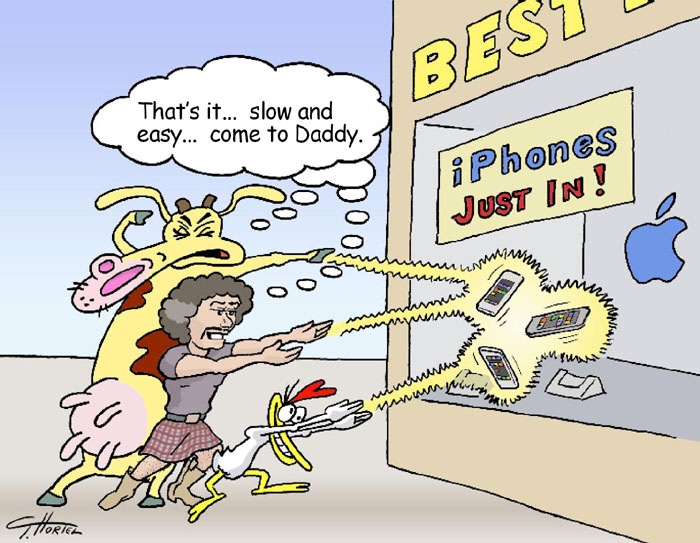


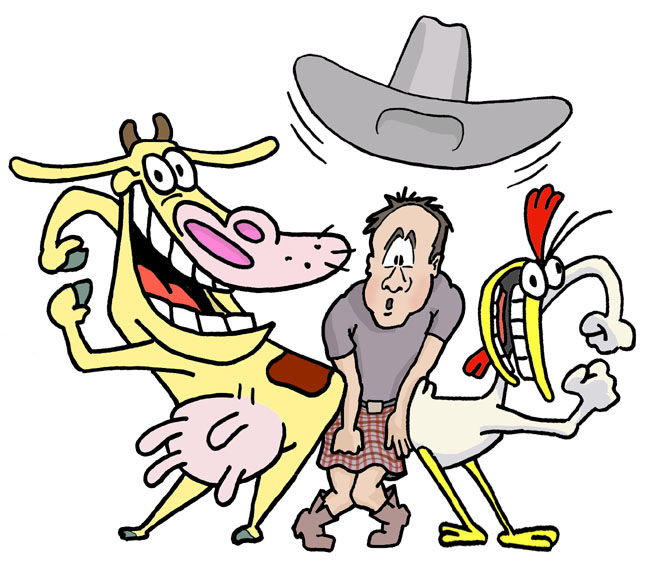
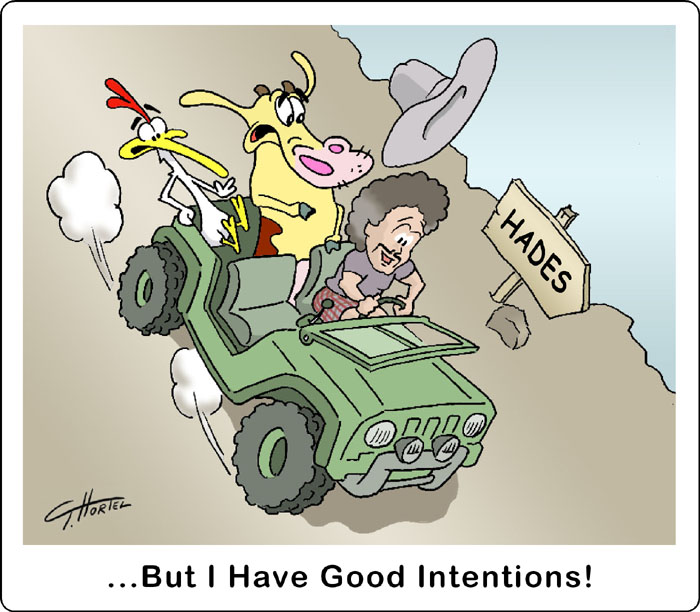

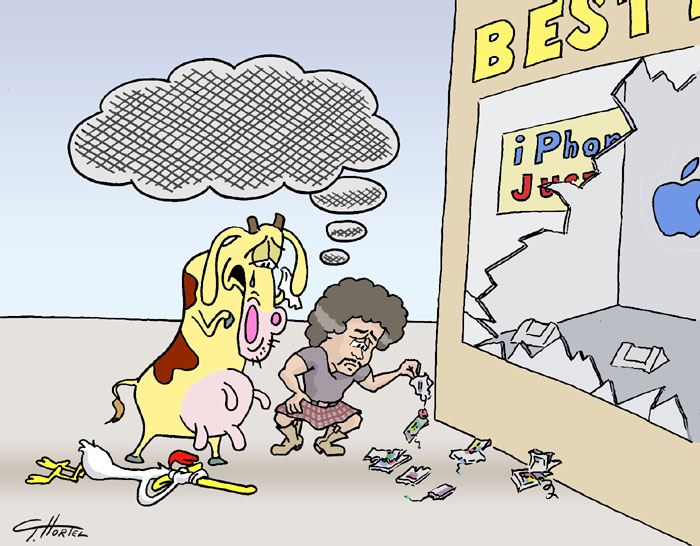
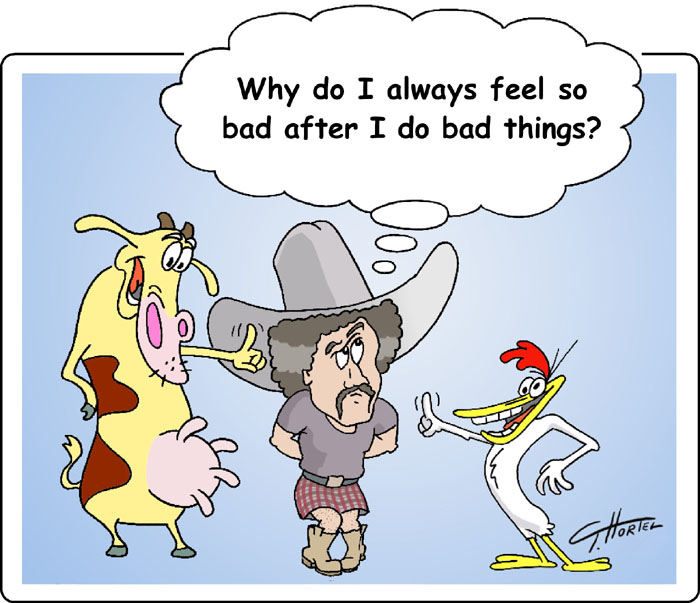
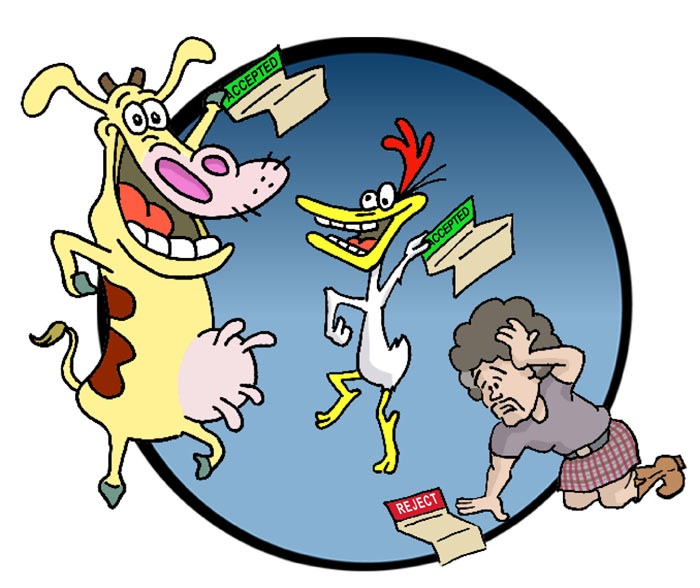
Recent Comments
Lessons Learned from Hollywood STORY Guru Robert McKee